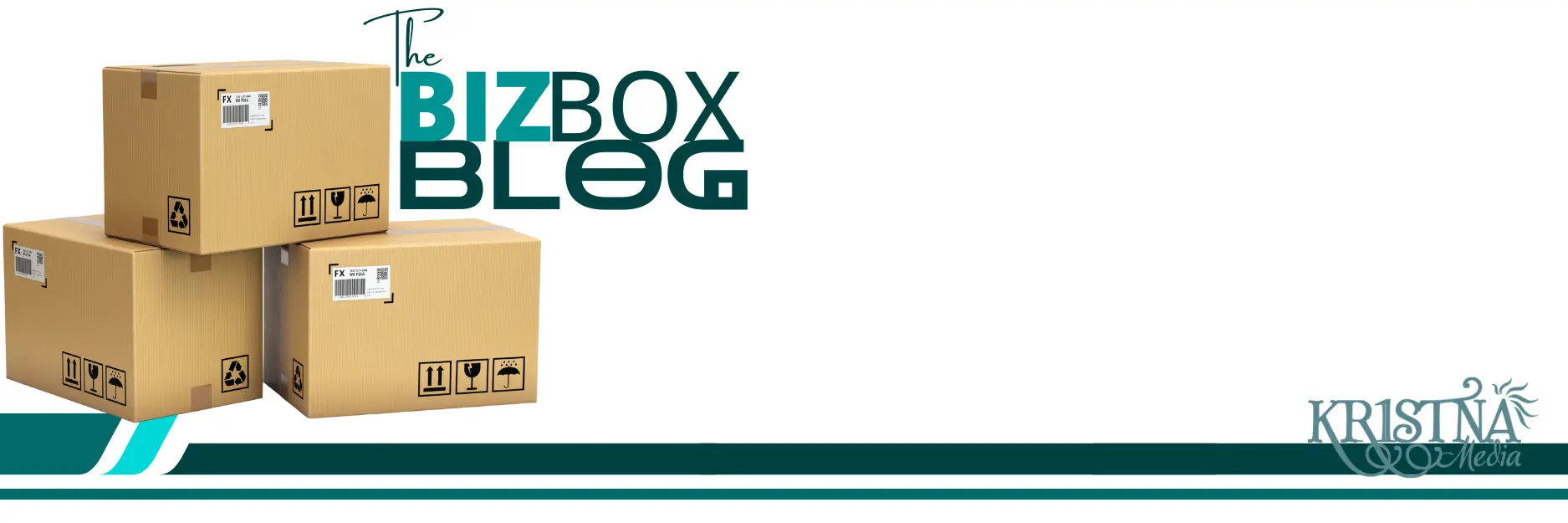In professional services, credibility and trust are critical to winning new clients and retaining existing ones. Unlike product-based businesses, firms offering consulting, legal, accounting, or marketing services often rely on their reputation and expertise to attract clients. Thought leadership is a powerful tool to establish authority in your field, differentiate yourself from competitors, and build lasting relationships with clients.
Why Thought Leadership Matters for Professional Services Firms
Thought leadership is about more than just creating content; it’s about providing value, showcasing expertise, and positioning your firm as a trusted authority in your industry. According to a study by Edelman and LinkedIn, 55% of decision-makers use thought leadership to vet organizations they are considering working with, and 47% say it directly led them to award business.
By sharing your insights and expertise, you can demonstrate your understanding of industry challenges, present innovative solutions, and build trust with potential clients before they even contact you.
Key Strategies for Building Authority with Thought Leadership Content
- Identify Your Niche and Audience: Speak to the Right People
Effective thought leadership begins with understanding who you’re talking to and what they care about. Defining a specific niche allows you to focus your content on a particular area of expertise, making it more impactful and relevant.
- Action Step: Use tools like LinkedIn Analytics, Google Analytics, or client feedback to identify your audience’s demographics, interests, and challenges. Create detailed audience personas to guide your content strategy.
- Example: A legal firm specializing in cybersecurity law could target tech companies by creating content that addresses emerging regulatory challenges, compliance tips, or the legal implications of data breaches.
- Create High-Quality, Insightful Content: Go Beyond the Basics
Content quality is non-negotiable when establishing thought leadership. Your content should offer unique insights, in-depth analysis, and actionable advice that your audience can’t find elsewhere.
- Action Step: Develop a content calendar that includes a mix of blogs, whitepapers, case studies, webinars, and podcasts. Focus on creating evergreen content that remains relevant over time and provides continuous value.
- Example: An accounting firm might produce a comprehensive whitepaper on tax optimization strategies for small businesses, supported by real-life examples and data.
- Leverage Multiple Content Formats: Reach a Wider Audience
Not all your target clients consume content the same way. By leveraging multiple formats—like blog posts, infographics, videos, and webinars—you can reach a broader audience and increase engagement.
- Action Step: Repurpose core content across different formats. For instance, turn a popular blog post into a webinar, a series of social media graphics, or a downloadable guide.
- Example: A marketing consultancy could host a webinar on emerging digital marketing trends, then use key insights to create an infographic and follow-up blog posts.
- Engage in Public Speaking and Networking: Amplify Your Reach
Public speaking engagements, panel discussions, and webinars are excellent opportunities to demonstrate your expertise and connect with potential clients. Speaking at industry events or hosting your webinars can significantly enhance your firm’s visibility and credibility.
- Action Step: Identify relevant industry events, conferences, or webinars where your insights would be valuable. Pitch yourself or your firm’s experts as speakers or panelists. Use platforms like Eventbrite or LinkedIn Events to promote your sessions.
- Example: A consultancy specializing in HR might host a webinar on navigating the post-pandemic workplace, sharing insights from client case studies and research.
- Guest Blogging and Partnerships: Extend Your Influence
Writing guest posts for reputable industry publications or partnering with other firms can extend your reach and credibility. Guest blogging helps you tap into new audiences and positions you as an expert in your field.
- Action Step: Identify leading industry blogs, magazines, or websites that accept guest contributions. Pitch unique ideas relevant to their audience and contribute high-quality articles.
- Example: A technology consulting firm could write for a publication like CIO.com, sharing insights on managing digital transformation challenges.
- Use Data and Research: Provide Evidence-Based Insights
Data-driven content demonstrates your authority by backing up your claims with hard evidence. Conduct original research, surveys, or studies to gather unique data that you can use in your thought leadership content.
- Action Step: Use tools like SurveyMonkey or Qualtrics to conduct surveys or research studies on industry trends, challenges, or best practices. Publish your findings in whitepapers, infographics, or blog posts.
- Example: A consulting firm might release an annual “State of the Industry” report, highlighting key trends, challenges, and opportunities, drawing on original research and expert analysis.
- Maintain Consistency and Frequency: Stay Top of Mind
Consistency is key to building authority. Regularly publishing high-quality content keeps you top of mind with your audience and builds trust over time.
- Action Step: Create a content calendar to ensure a steady flow of content. Aim for a mix of long-form and short-form content to cater to different audience preferences.
- Example: A financial advisory firm might publish a monthly blog series on market updates and investment strategies, alongside quarterly webinars on specific financial topics.
Case Study: How McKinsey & Company Built Authority Through Thought Leadership
McKinsey & Company, a global management consulting firm, is widely recognized for its thought leadership. McKinsey regularly publishes in-depth research reports, whitepapers, and articles on a wide range of business topics, from digital transformation to supply chain optimization.
- Implementation: McKinsey’s content is heavily data-driven and offers actionable insights that appeal to C-suite executives and decision-makers. They use their platform, the McKinsey Quarterly, to publish exclusive research, case studies, and expert interviews.
- Results: This consistent, high-quality content strategy has helped McKinsey maintain its reputation as a leader in the consulting industry, attract high-value clients, and foster long-term client relationships.
Position Yourself as the Go-To Expert in Your Field
In the professional services industry, thought leadership is not just about creating content; it’s about creating value. By consistently sharing high-quality insights, engaging with your audience, and leveraging multiple platforms and formats, your firm can establish itself as a trusted authority, attract high-value clients, and achieve sustainable growth.

At KR1STNA Media, we help professional services firms develop powerful thought leadership strategies that resonate with their target audiences. Contact us today to learn how we can help you build authority and drive business growth.


